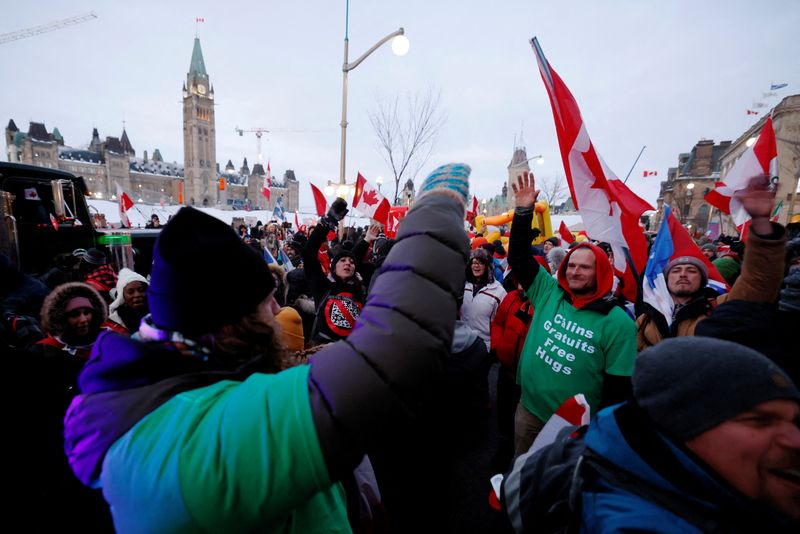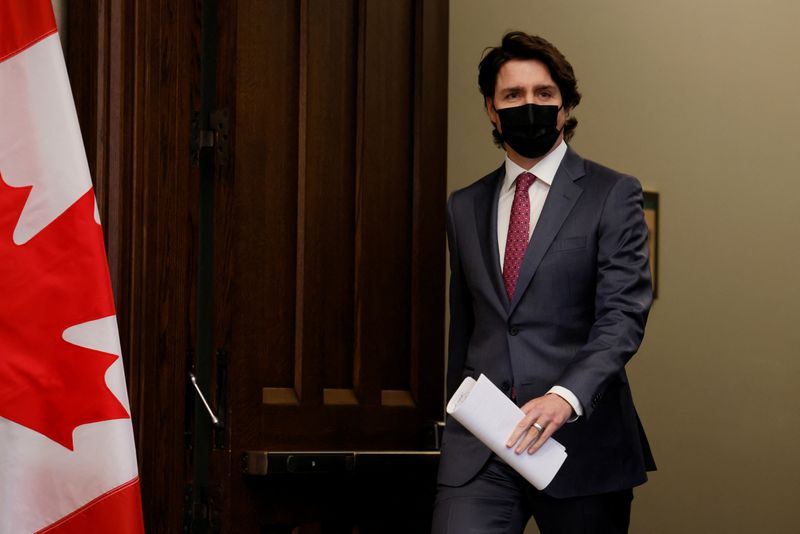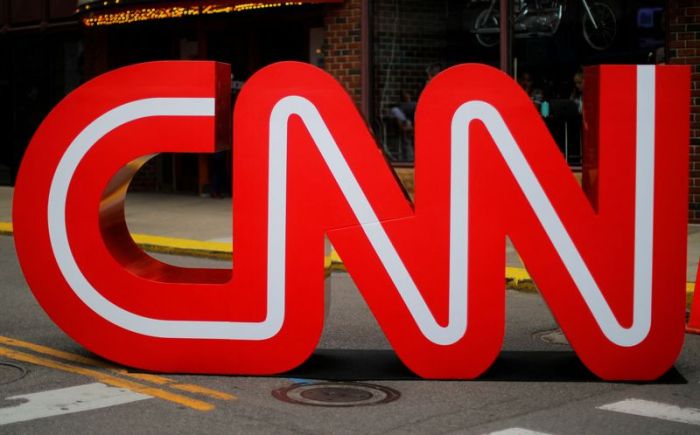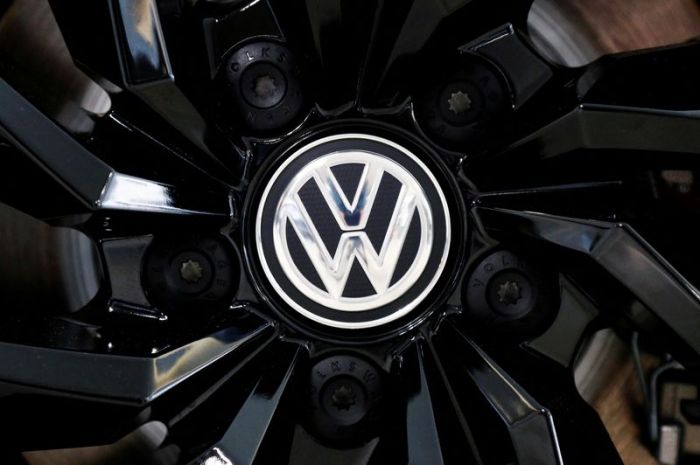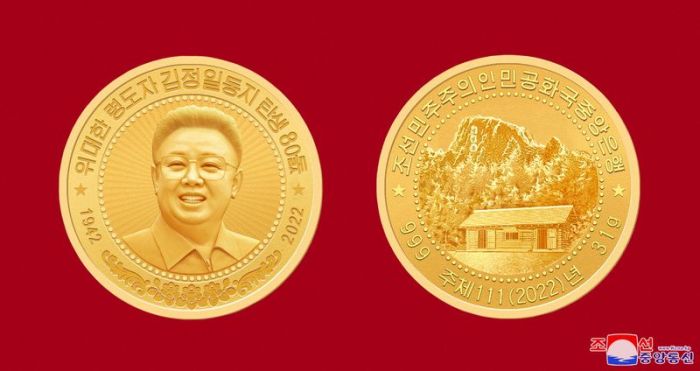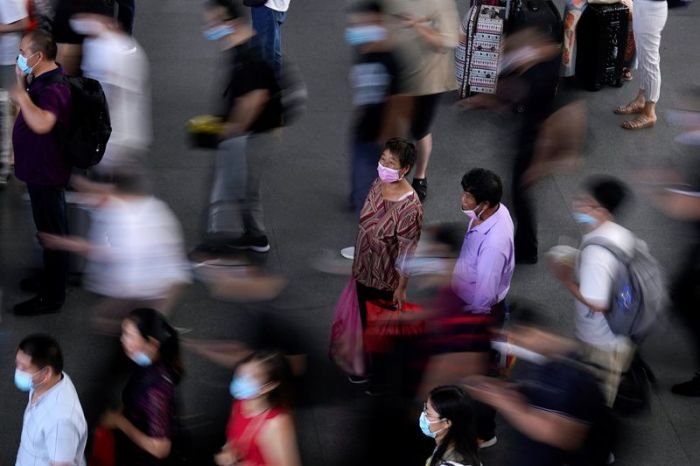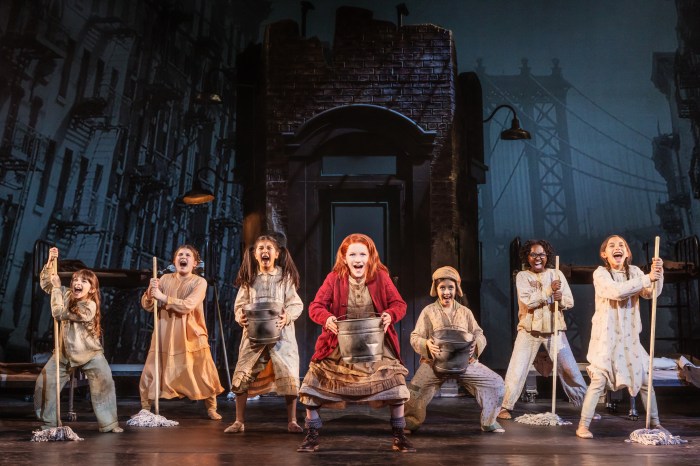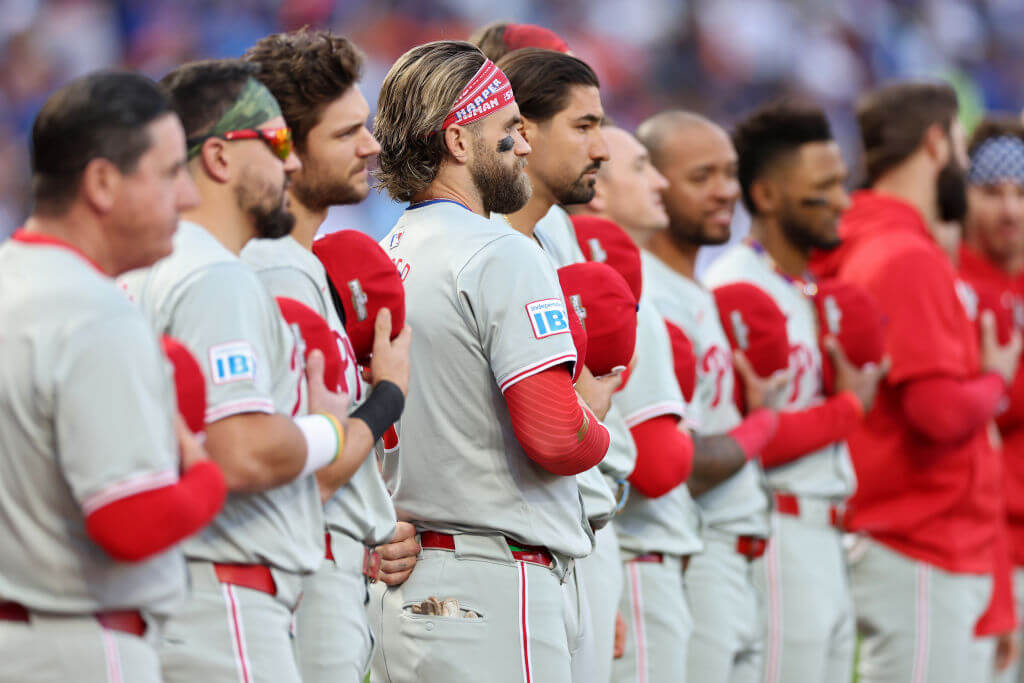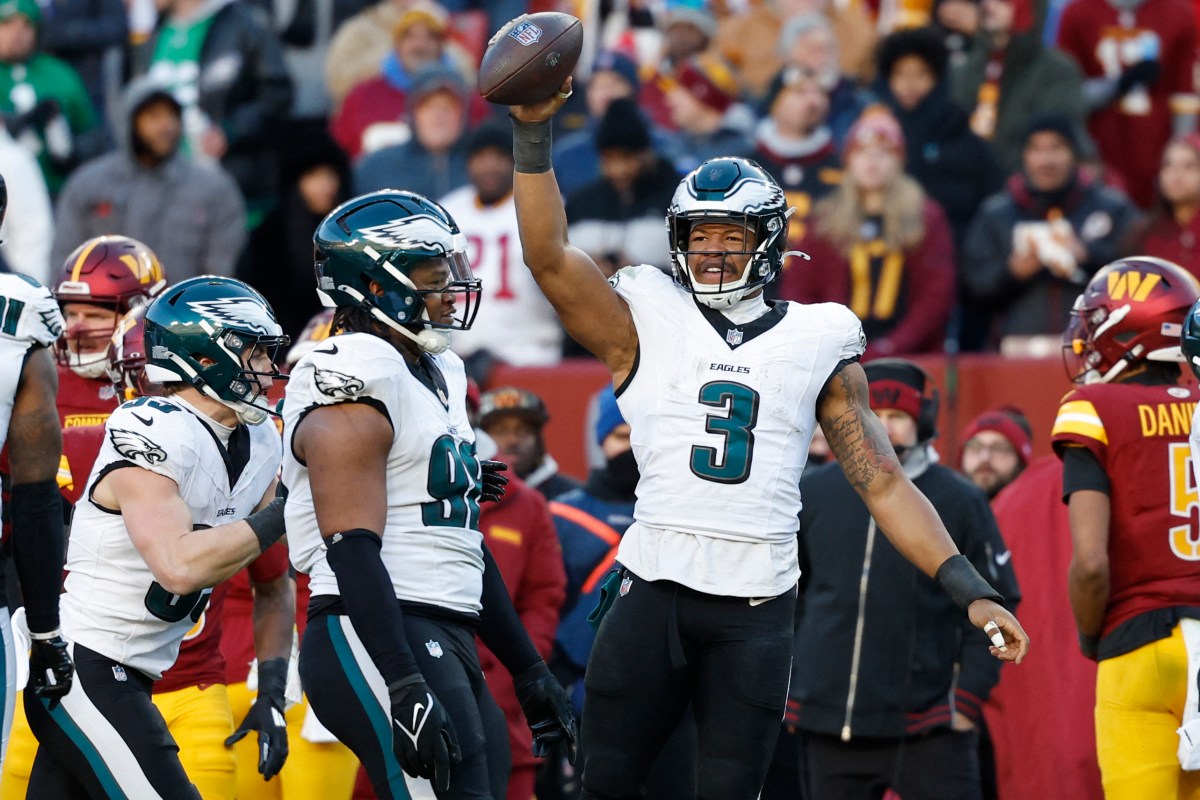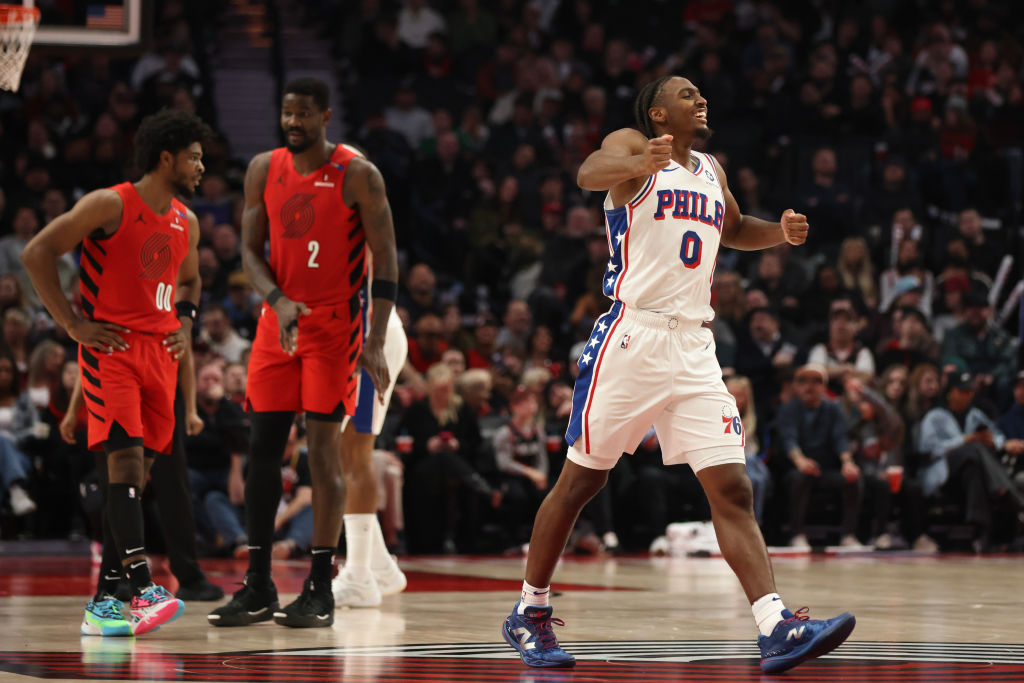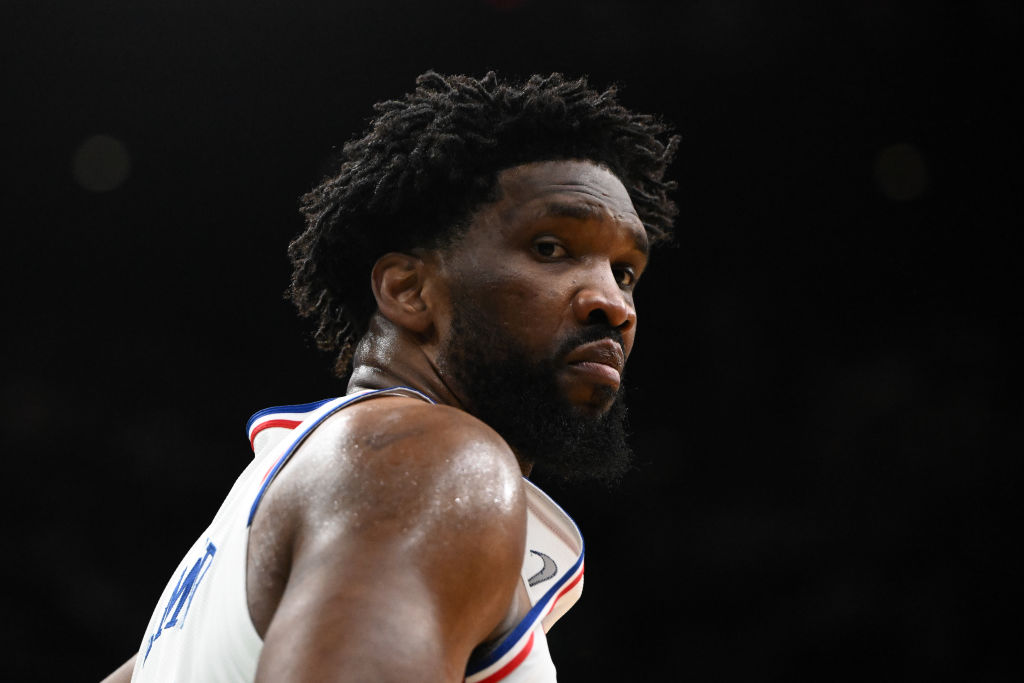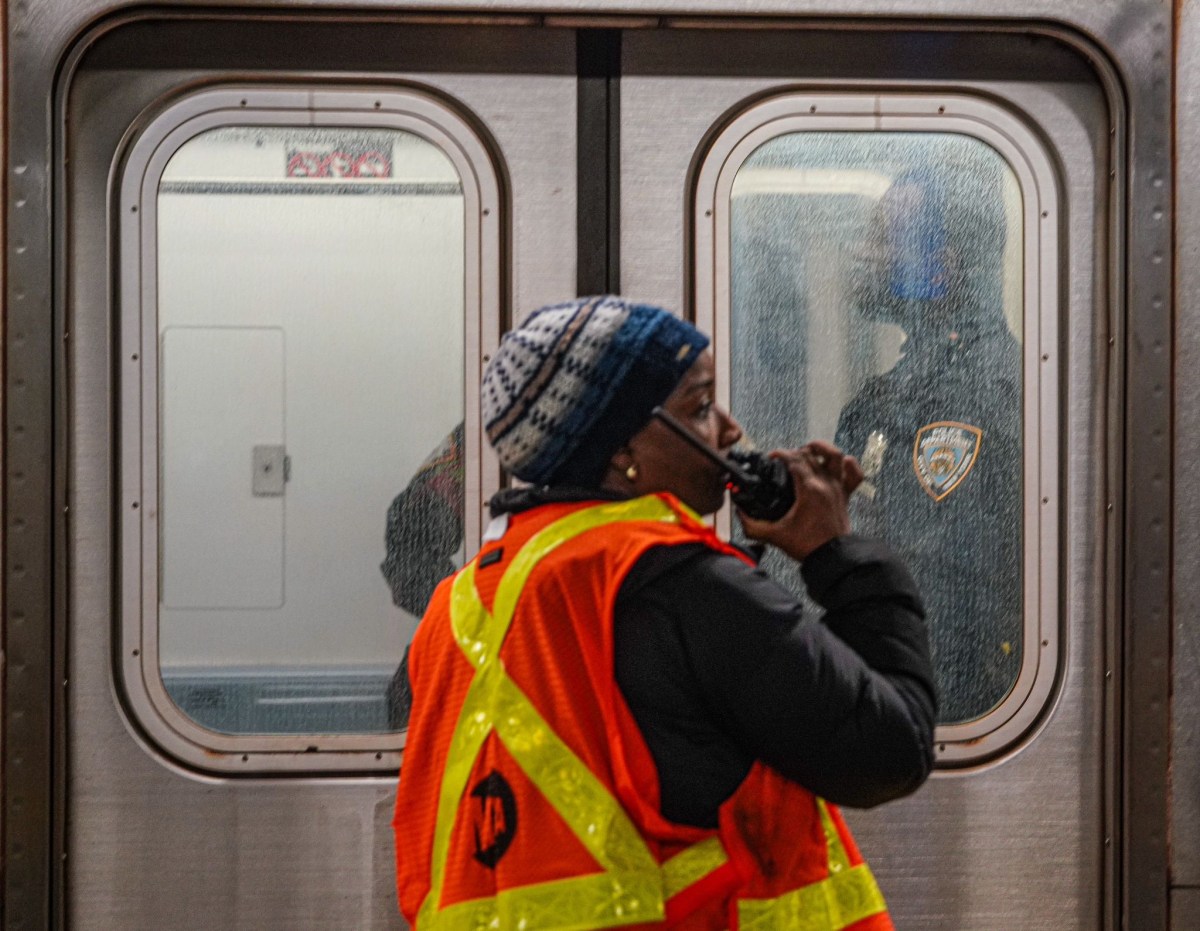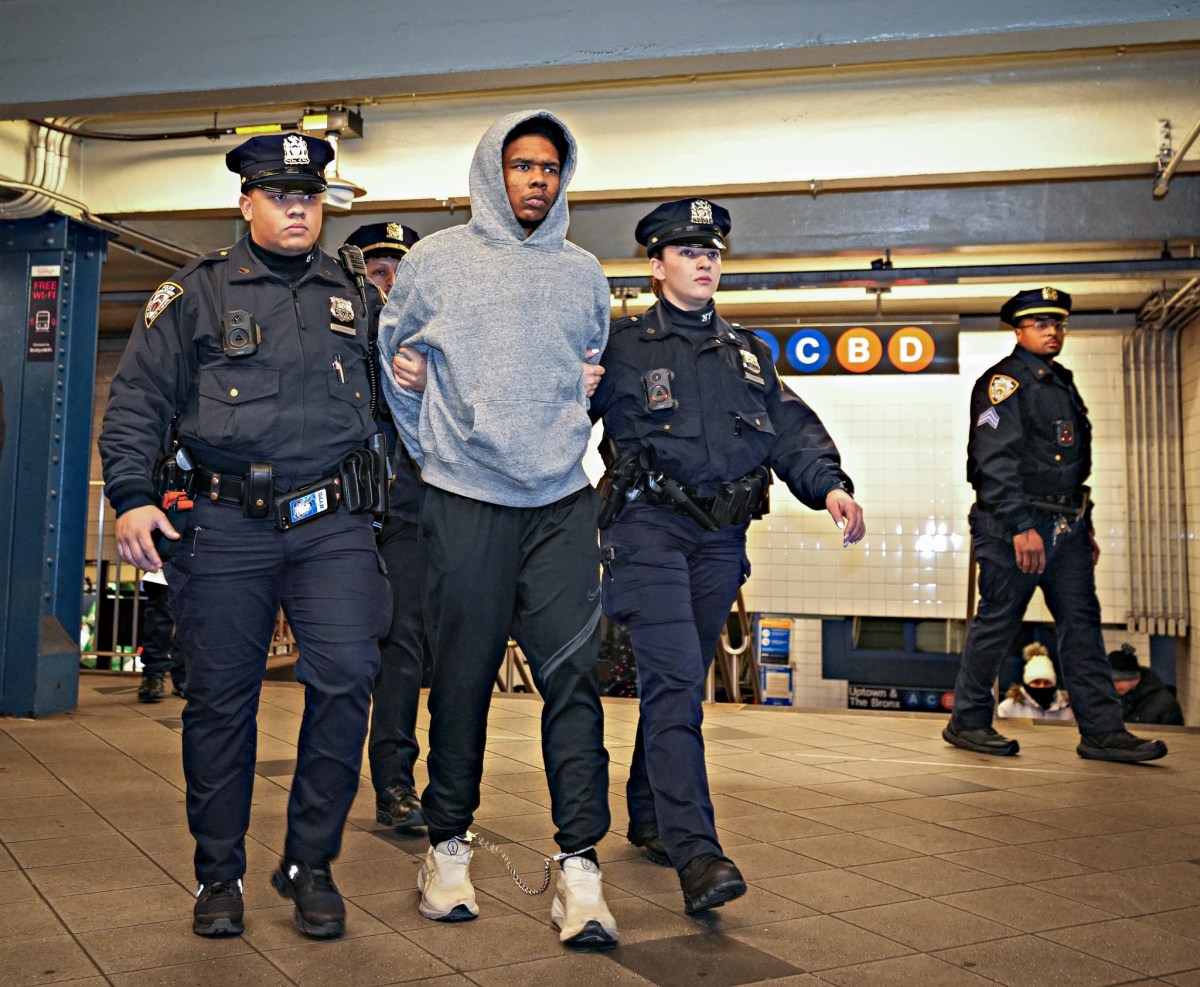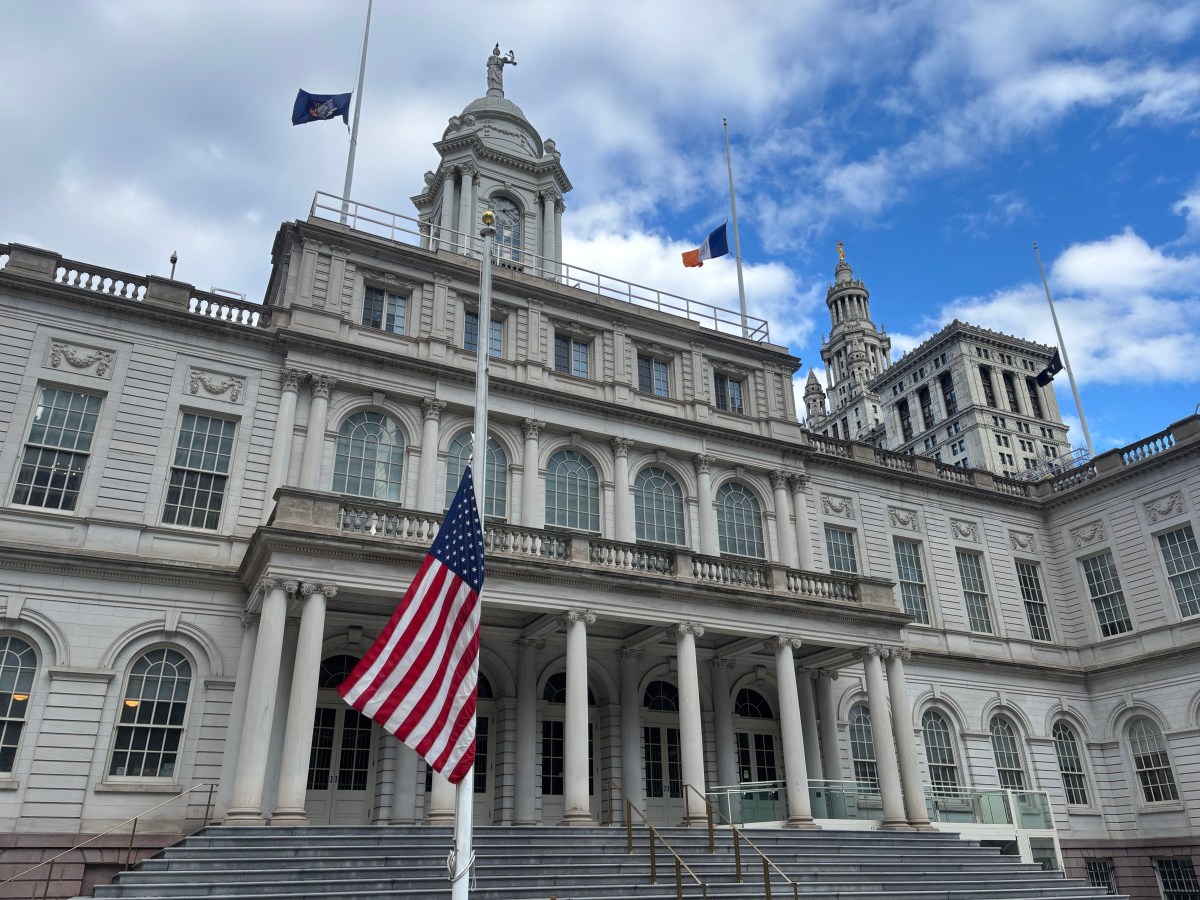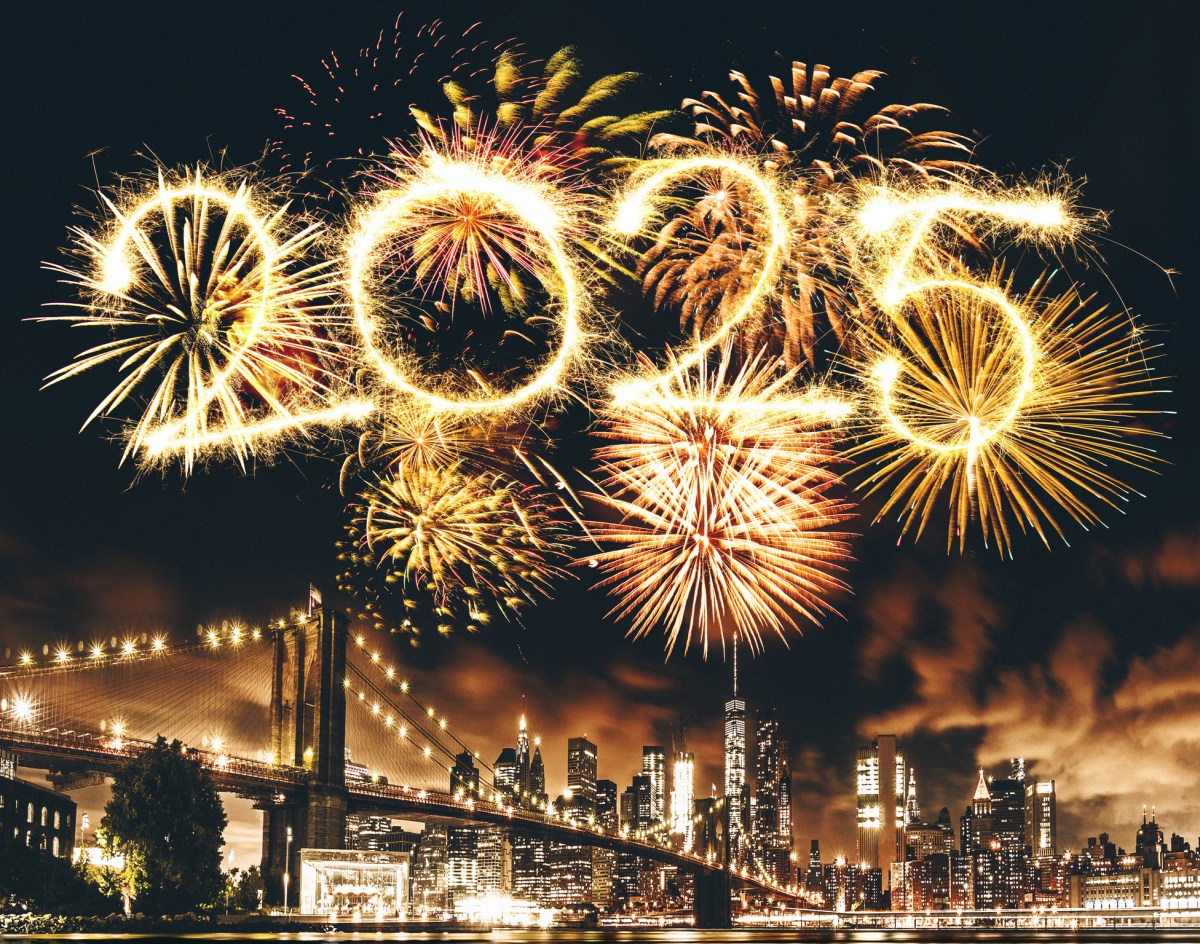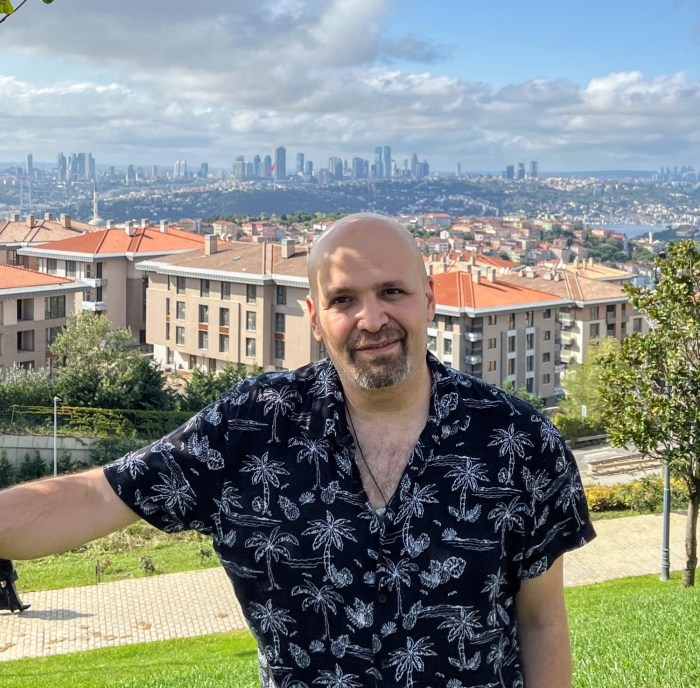OTTAWA (Reuters) -Frustration with the failure of Canadian police to lift blockades at the border and in the capital, along with scenes of protesters lounging in hot tubs near Parliament, ultimately drove Prime Minister Justin Trudeau to seek emergency powers, three sources said on Tuesday.
Trudeau on Monday invoked the little-used Emergencies Act, signaling the federal government was taking control of a situation local and provincial police have struggled to resolve as protests against pandemic restrictions dragged on.
Discussions on invoking the rarely used powers first began on Thursday as the blockade of the Ambassador Bridge, a key U.S.-Canada trade artery between Detroit and Windsor, Ontario, entered its third day, two of the sources, who are familiar with the discussions, said.
“The Windsor police kind of let it happen,” one of the sources said. All requested anonymity given the sensitivity of the situation. Windsor police asked for more resources, which the province provided.
The bridge blockade led to the temporary shutdown of several car plants before police finally cleared it on Sunday after six days, and after a concerned call from U.S. President Joe Biden to Trudeau.
Meanwhile, protesters who had paralyzed parts of Ottawa since Jan. 28 were getting more entrenched, and there was growing concern about the presence of “nefarious elements” among the protesters. Police in Alberta later seized guns and ammunition from a group linked to a border protest.
“The prime minister was quite mad,” said a government source, referring to a Thursday meeting of the federal Incident Response Group, made up of Trudeau’s top advisers. “He said we need to get out in front of this.”
“He was demanding solutions” at the meeting, a third source familiar with the matter said, adding Trudeau was saying: “Let’s put everything on the table and say, what are the good ideas here?”
The third source said the government realized last week that “enforcement wasn’t happening” after initially waiting to see how provincial authorities and local police responded.
“He also needed to know fully that … we have given it enough time for it to work or not work, or partially work, and think about what more we need to do,” the source said. “He didn’t want to jump ahead of things that were happening.”
Ottawa police initially said their objective was to de-escalate. Later they asked both the provincial and federal governments for more resources, saying they were outnumbered.
The addition of chaotic scenes from Ottawa on the weekend, including hundreds of residents turning out to block another convoy from joining the protesters, proved too much, two of the sources said.
Police stood by as protesters bathed in a hot tub and partied into the night directly in front of parliament and below the prime minister’s office.
“This past weekend in Ottawa really drove some people over the edge, the hot tub, the stage, and … the impotence of the police to do something about it,” the source said.
Police chief Peter Sloly resigned on Tuesday amid criticism of his force’s performance, city officials said on Tuesday.
The Ottawa protest involves some 360 trucks and vehicles, several hundred protesters, and a large cache of funds from donors in the United States and Canada.
“If you’re asking for one factor, it was Ottawa … the Ottawa situation is completely out of control. We just went through a third weekend of no enforcement,” said the second source.
Concerns that protesters may re-occupy border crossings and disrupt crucial trade flows with the United States and affect publicly safety also factored into the decision, the sources said.
Another factor was the specter of violence when police in Alberta on Monday arrested 11 people and seized guns and ammunition.
“There are organized nefarious elements that are involved with these things,” said the second source, citing the Alberta gun seizure.
“There’s an element here that is … trying to subvert the normal course of our democracy, which has to be protected, regardless of who’s the government,” the third source said.
“That’s really the difference between this and other protests that we’ve seen.”
($1 = 1.2744 Canadian dollars)
(Reporting by David Ljunggren and Steven Scherer; Editing by Amran Abocar and Lisa Shumaker)

